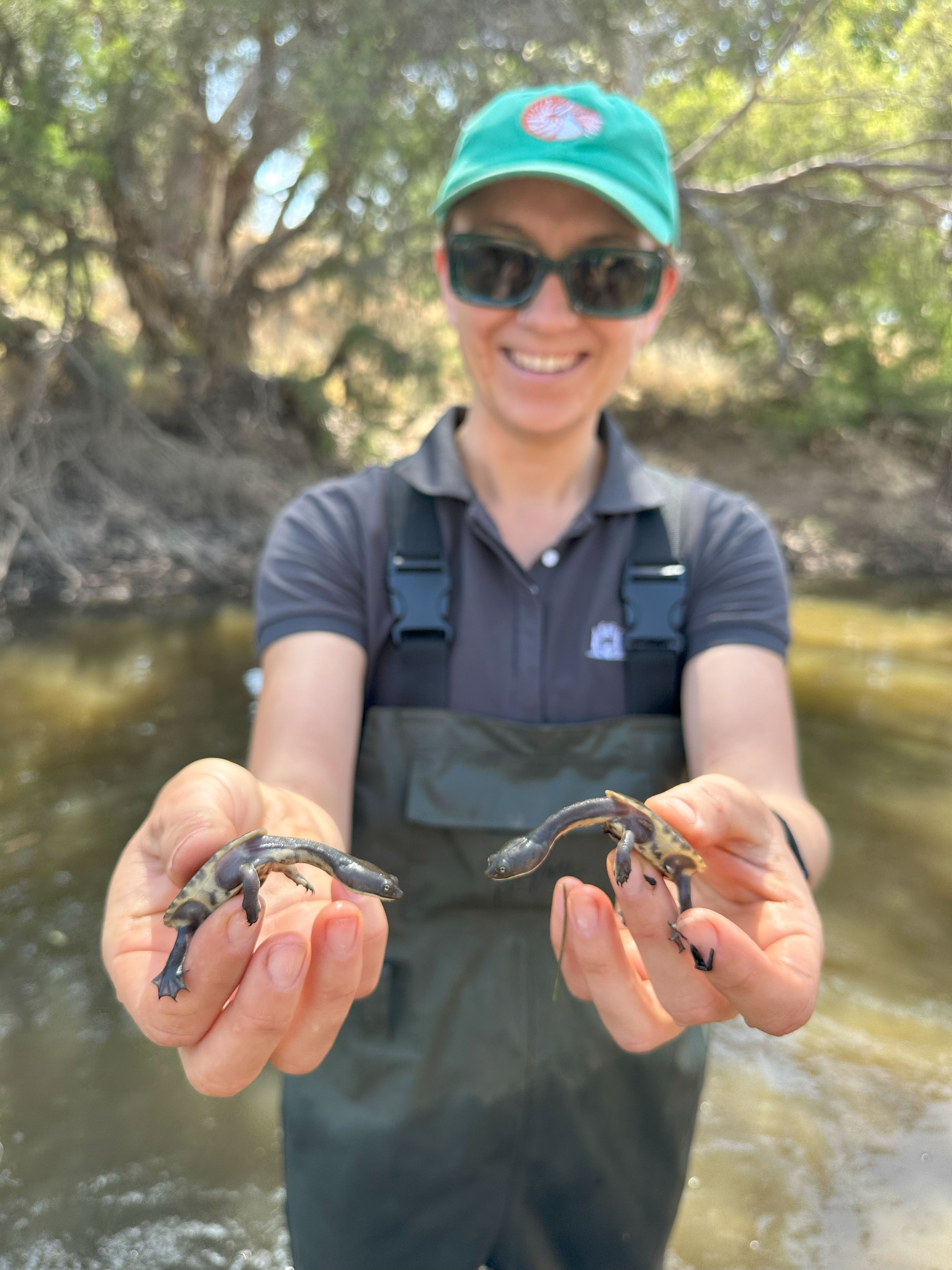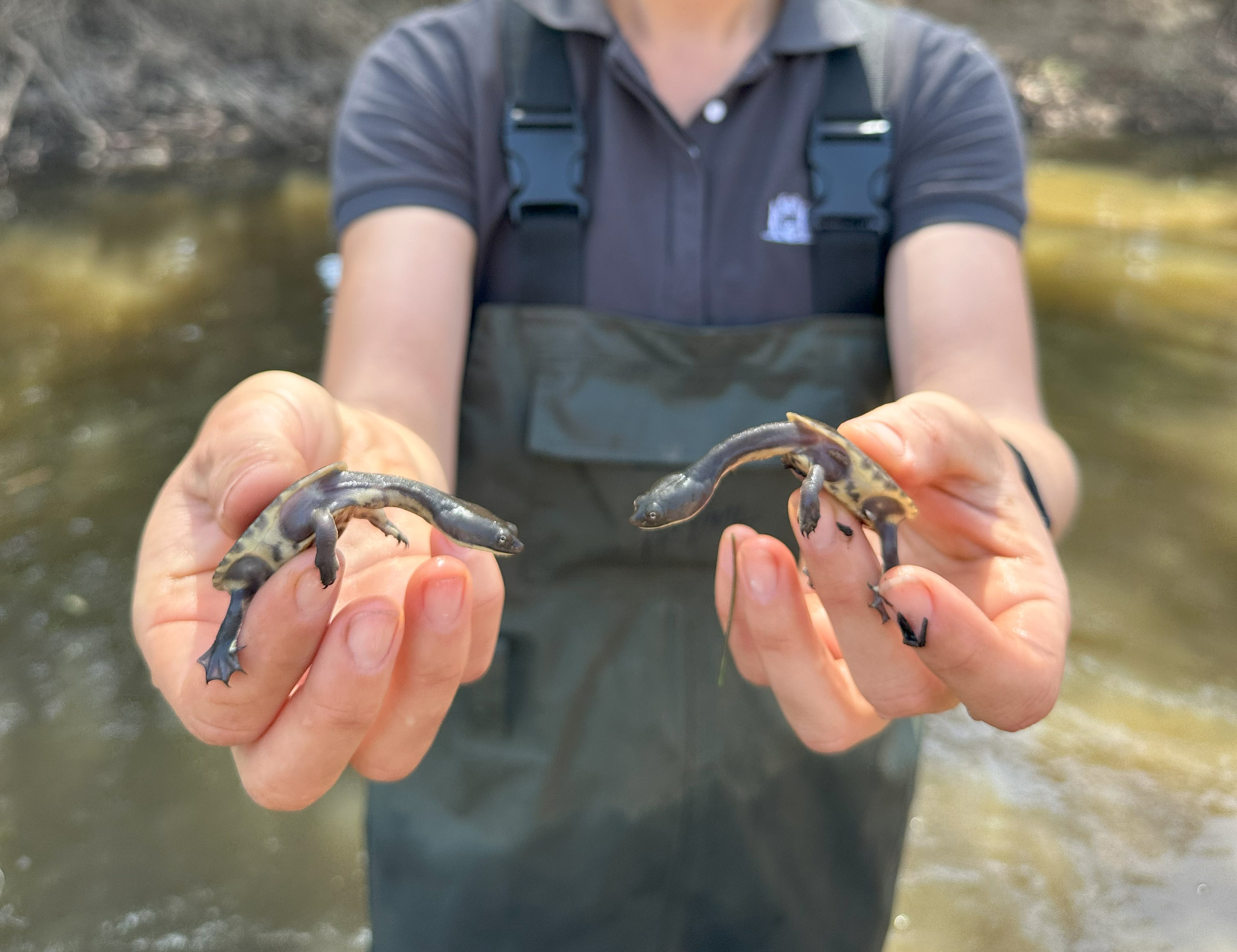Our efforts to protect and repair the waterways of our region are as important as ever.
Wheatbelt NRM and river care community groups were this week invited to observe the Department of Water and Environmental Regulations repeat river health assessments that are part of their Healthy Rivers Program.
Through the program, Department of Water and Environmental Regulations collect and interpret data on rivers and their catchments, and use the knowledge gained to support development of strategies to best protect the environment.
The assessment methods, and the network of long-term monitoring sites they’ve chosen, have been designed to investigate the range of known stressors to south-west systems, from the complex changes associated with changing climate affecting rivers across the entire region, to catchment-scale and localised land-use pressures.
They also conduct assessments in response to unforeseen events and emerging issues, such as pollution, algal blooms, habitat disturbance and fish kills.
Of particular interest to all the observers was retrieval of fyke nets set over night to sample the aquatic biota.
Members of the Friends of the Dale River, York River Conservation Society and the Rakali Alliance were treated to fantastic views of captured South-western snake-necked turtles, native fish including the Nightfish, Western minnow, Western hardyhead, Western pygmy perch, blue-spot goby, and crustaceans including gilgie and south-west glass shrimp.





Department of Water and Environmental Regulations undertake a suite of standardised assessments of river health at 8 strategic locations on the Avon River and this year Wheatbelt NRM attended the second day of assessments at Reserve Pool on the Dale River and Gwambygine Pool in the Avon River.
A number of parameters on river health are collected including data on water quality, sediments, the river physical form, surrounding landuses, riparian health, complexity of the aquatic habitat and hydrology.
Despite the presence of some weed species including the eastern gambusia, the native fauna diversity of the two pools indicate that the Avon is hanging in there and our efforts to protect and repair the waterways of our region are as important as ever.


